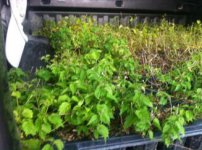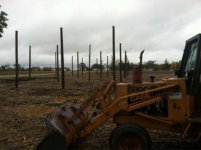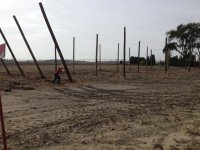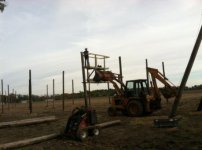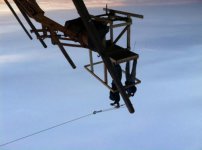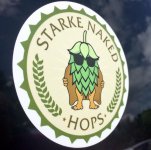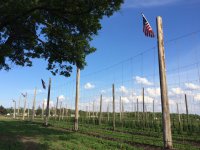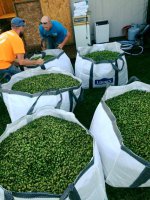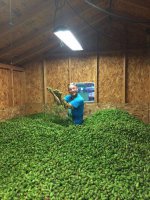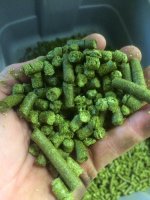I paid real close attention in our mine tour this summer.
Worker safety, particularly in the face of technological changes, became a major grievance of copper miners leading up to the strike of 1913. Mine accidents during the years leading up to the strike could range from minor injuries, such as a temporary loss of hearing due to blasting and drilling, all the way up to death, such as in the case of Frank Spehar of Tamarack, MI who feel down a mineshaft, over 4,000 feet deep, to an instant death. [1] Worker safety was especially important in the shift from the two-man to the one-man pneumatic drill which took place during this era. Urged by scientific management and the desire to eliminate excess labor costs, big companies eagerly championed the one-man drill in the Michigan copper mines. [2] Dubbed the “widow maker,” the one-man drill was an important piece of technology that saved money for companies by decreasing the amount of labor needed underground. However, the installation of the new drills also increased worker concerns about injury and fatalities. A one-man drill meant there wasn’t always a fellow worker nearby, meaning reduced safety when working alone, especially on shaft scaffolds and makeshift board bridges, which can be seen in the photo above. Falls, injuries, and fatalities were common in most of the major mines of the Copper Country during the early twentieth century.

